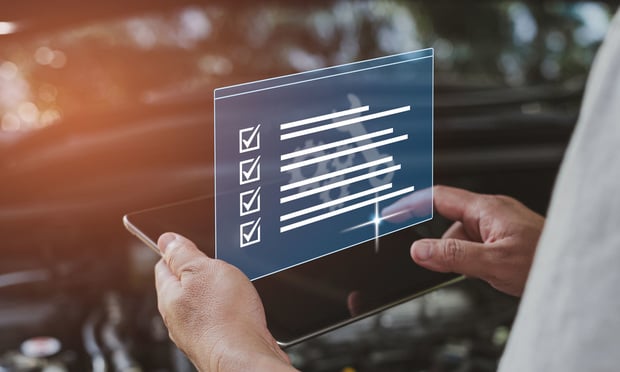 Though efforts have been made by carriers to cut costs on things like ad expenditures to compensate for inflation, consumers have still been subject to rate increases. (Credit: Adobe Stock)
Though efforts have been made by carriers to cut costs on things like ad expenditures to compensate for inflation, consumers have still been subject to rate increases. (Credit: Adobe Stock)
J.D. Power's Q4 2022 Loyalty Indicator and Shopping Trends (LIST) report showed auto insurance shopping was up to 12.1% across all regions of the United States, and the rate of customers who were switching carriers was 4.1% — up from 3.8% in Q3 2022, and 3.5% a year prior in Q4 2021.
Recommended For You
Want to continue reading?
Become a Free PropertyCasualty360 Digital Reader
Your access to unlimited PropertyCasualty360 content isn’t changing.
Once you are an ALM digital member, you’ll receive:
- Breaking insurance news and analysis, on-site and via our newsletters and custom alerts
- Weekly Insurance Speak podcast featuring exclusive interviews with industry leaders
- Educational webcasts, white papers, and ebooks from industry thought leaders
- Critical converage of the employee benefits and financial advisory markets on our other ALM sites, BenefitsPRO and ThinkAdvisor
Already have an account? Sign In Now
© 2025 ALM Global, LLC, All Rights Reserved. Request academic re-use from www.copyright.com. All other uses, submit a request to [email protected]. For more information visit Asset & Logo Licensing.








